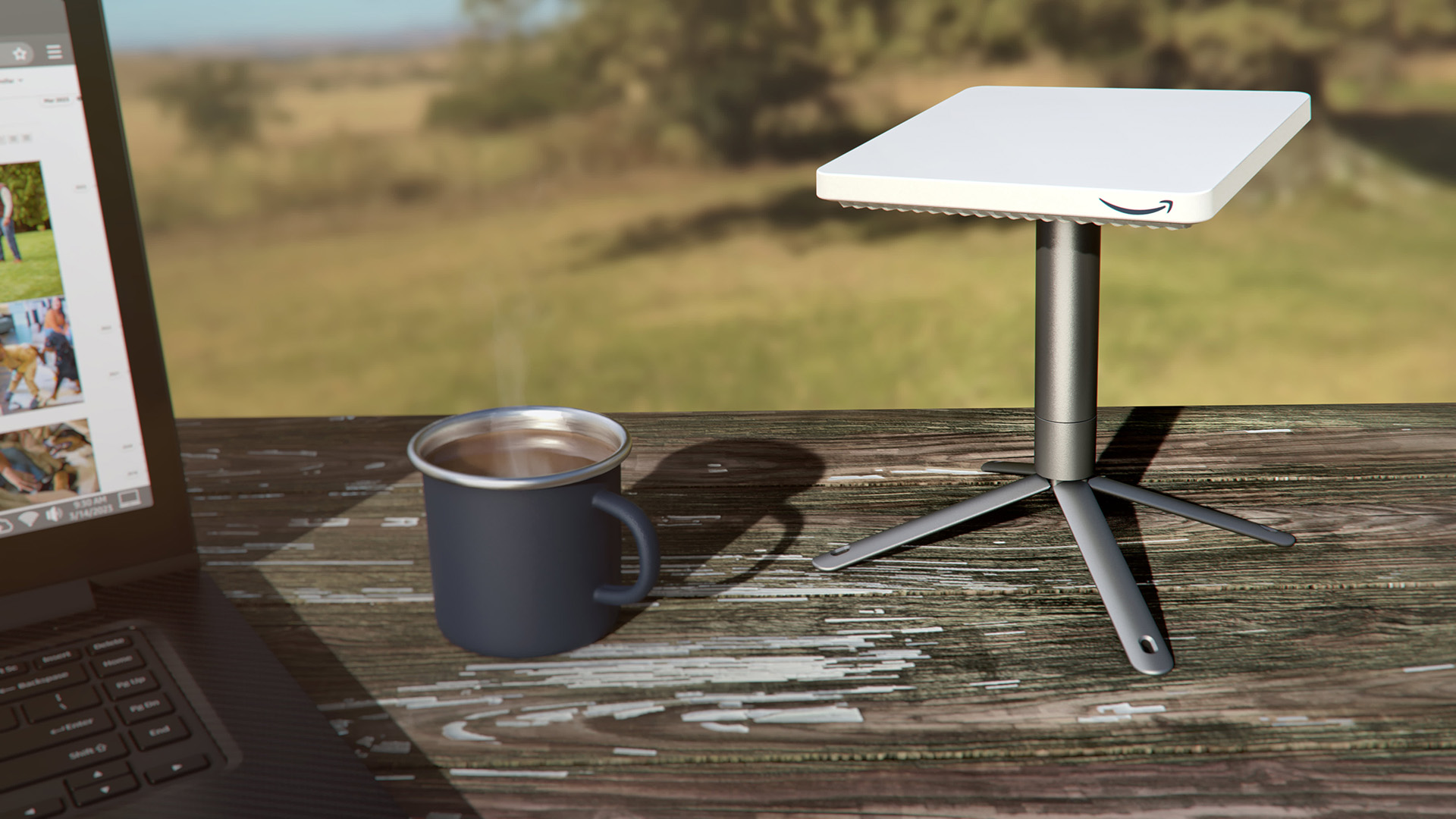#Amazon’s Satellite Internet Won’t Need a Giant Antenna

Table of Contents
“Amazon’s Satellite Internet Won’t Need a Giant Antenna”

Satellite internet is rapidly becoming more useful with the introduction of low-orbit networks, like Starlink and Iridium, and Amazon has been building up its own network. Amazon has now revealed more details about how it will work.
Project Kuiper is Amazon’s in-development satellite internet network, which aims to provide fast internet anywhere in the world using 3,236 satellites in low-Earth orbit. Amazon said it would use 92 heavy-lift launches from Arianespace, Blue Origin, and United Launch Alliance to get the custom-made satellites into space. Amazon is saying its satellites should perform better than Starlink satellites, handling traffic of up to 1 terabit per second (Tbps), and last about seven years in orbit before they need to be replaced.
Amazon is now showing off the ground-based terminals that will be used for connecting to the Kuiper network. The smallest and most affordable option will be the “ultra-compact” model, pictured above, which is only seven inches across and weighs about one pound. Despite the tiny size, Amazon says it will provide speeds of up to 100 Mbps, which should be fast enough for standard web browsing and some remote work.

There will also be a “standard” design, which will probably be the most popular option for homes and regular businesses. That one is an 11-inch square, with a weight of five pounds and a maximum speed of “up to 400 megabits per second (Mbps).” Finally, there will be a “pro” model that measures 19 x 30 inches. It should reach speeds of up to 1 Gbps, and is mostly intended for oil rigs, ocean ships, or other similar use cases.
Amazon won’t say what the monthly service cost will be, or how much exactly the antennas will cost, except that the standard terminal will cost less than $400 to produce (not the cost for buyers). Amazon will launch the first two prototype satellites in May, on the debut mission of the United Launch Alliance’s Vulcan rocket, and full-scale satellite production is expected to start in the first half of 2024. Amazon plans to launch the service once there are a few hundred satellites in orbit.
The idea of having fast internet access from almost anywhere in the world is exciting, but there are still problems. Large satellite networks like Starlink and Project Kuiper require a constant rate of rocket launches to replenish satellites, since the low orbit required for fast speeds also means they fall back to the Earth after a few years. The fuel used for most rocket launches is incredibly damaging to the environment, though there is some ongoing work to develop less dangerous alternatives. Starlink’s satellites have also made ground-based astronomy more difficult, which SpaceX is trying to mitigate in newer satellites with design changes.
Source: CNBC, Cord Cutters News, Amazon
If you liked the article, do not forget to share it with your friends. Follow us on Google News too, click on the star and choose us from your favorites.
For forums sites go to Forum.BuradaBiliyorum.Com
If you want to read more like this article, you can visit our Technology category.




